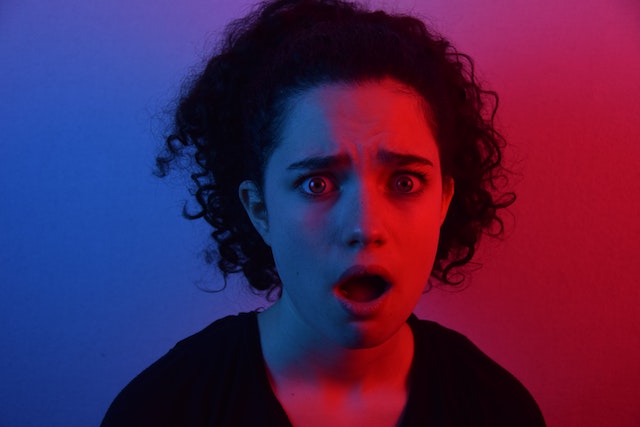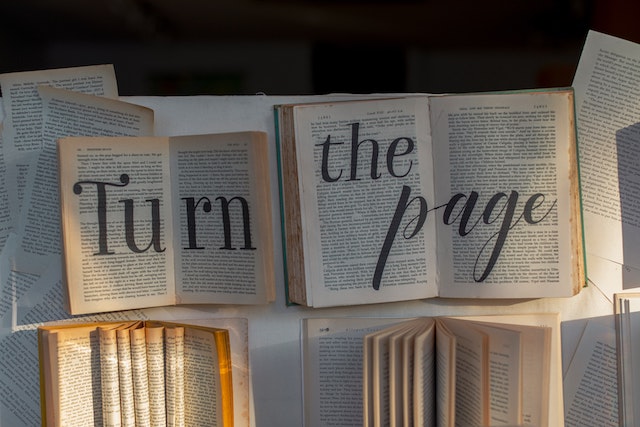Get Unpredictable with Your Scenes

Why Your Scenes Need a Twist
You have several hundred pages to keep your reader’s interest. And, you do it scene-by-scene. Scenes are the building blocks of your story. If you want your reader to keep going, each scene needs a bit of a surprise.
If you want your scene to be gripping, then you need a setup that gives the reader a big surprise.
Large or small, you build tension in your story at the scene level. Build anticipation in each scene by changing the emotional status of the protagonist character from the beginning to the end.
At crucial points in the story, you need big surprises, raising a big question for the reader. How will she get out of this?
Techniques for Gripping Scenes
You have many techniques at your disposal to raise tension in your scene. Here are a few of them:
Your Beginning
Open with a scene that can be dramatic in several ways. The scene can be significant: a major disaster. Or the scene can involve a potentially disastrous conflict between your protagonist and his most potent opposition. The latter is more effective.
You also can open with a scene that could be small, a simple yet potentially surprising change of the status quo. The latter also is effective because it focuses the reader’s mind on the question: What will happen next?
Your Middle
The middle of your story comprises scenes that intensify the conflict between the protagonist character and the opposition.
You build this conflict by raising and lowering the tension in each scene. It does not differ from scenes in a play or a movie. Raise the pressure by increasing the peril facing the hero.
Each scene heightens the conflict by raising the stakes of the contest, making the opposition more powerful, using a technique called raising the stakes. Give your opponent an advantage that makes it harder for your hero.
Here are ways to raise the stakes:
- Have the opposition grow more robust as time goes on
- Make the opposition more clever
- Give your opposition access to better resources
- Give your opposition access to a powerful ally
Your End
The end of your story is the scene where your hero triumphs over the opposition.
Many writers pull their punches in the end. The hero gets what she wants, but almost by default.
The end should be an explosion of tension, where you lay out the scene.
You can intensify this conflict in several ways, perhaps:
- Add a second powerful opposing character for the protagonist to contend with
- Add a secondary character who influences the protagonist
- Add a secondary character who contributes to the protagonist’s lack of control over things
There are two ways you can end your story, with a twist solution or with a twist disaster.
Twist solution – This is the ideal ending because it surprises your reader in the best way possible for a story.
Twist disaster – An alternate ending for your story, but not your ideal conclusion. It can be powerful to create doubt in your reader’s mind about the seemingly inevitable end.
Which ending you choose depends on how you start your story. If you start your story with a dramatic scene in either of the two ways above, then your twist solution ending is the ideal ending for your story.
Ratchet Up
Here are some ideas to ratchet up your scene tension and become unpredictable.
Setting vs. Action
Ready for your love scene. Forget the moonlit night by the romantic beach/mountain/flower-filled meadow. Put your duo in an unusual setting. Think of the dark basement where no heroine should go alone. Or a commute train crammed with passengers.
Threat vs. Detail
Your antagonist is physically more potent and larger than your protagonist. Focus on the details of his threat rather than stressing his size. Do his feet sink into the soft earth as he walks? Small details provoke reader emotions. Just describing the size won’t make the emotional connection as describing the details of what that size does.
Things Are Not What They Seem
Whenever you set up a certain expectation in a scene, give the reader something other than what they expect. That is the nature of how dramatic writing works. Omit details and use subtext to infer what lies below the surface.
The 3-Step Surprise Formula
Think of how you write your story with a setup and payoff. Bring it down to the scene level. Set up the scene with an omission, keep it going with a secret, and deliver a surprise.
Surprise is more than just setting up a certain expectation and then subverting it. It is also about leaving out information. Whenever you purposefully leave out important information, it acts as a story secret. Do this in almost every scene by simply cutting away from the scene before you give the information.
Now that the information is a secret, it becomes an easy tool for creating surprises. As you build your story scene-by-scene, reveal the hidden information later in the story.
Creating tension and interest in your mystery involves your reader and keeps them turning pages. When you set up the reader for an expectation and have kept the information secret, all that’s left to do is turn the scene where you least expect it to go.
Photo by Mason Kimbarovsky on Unsplash




